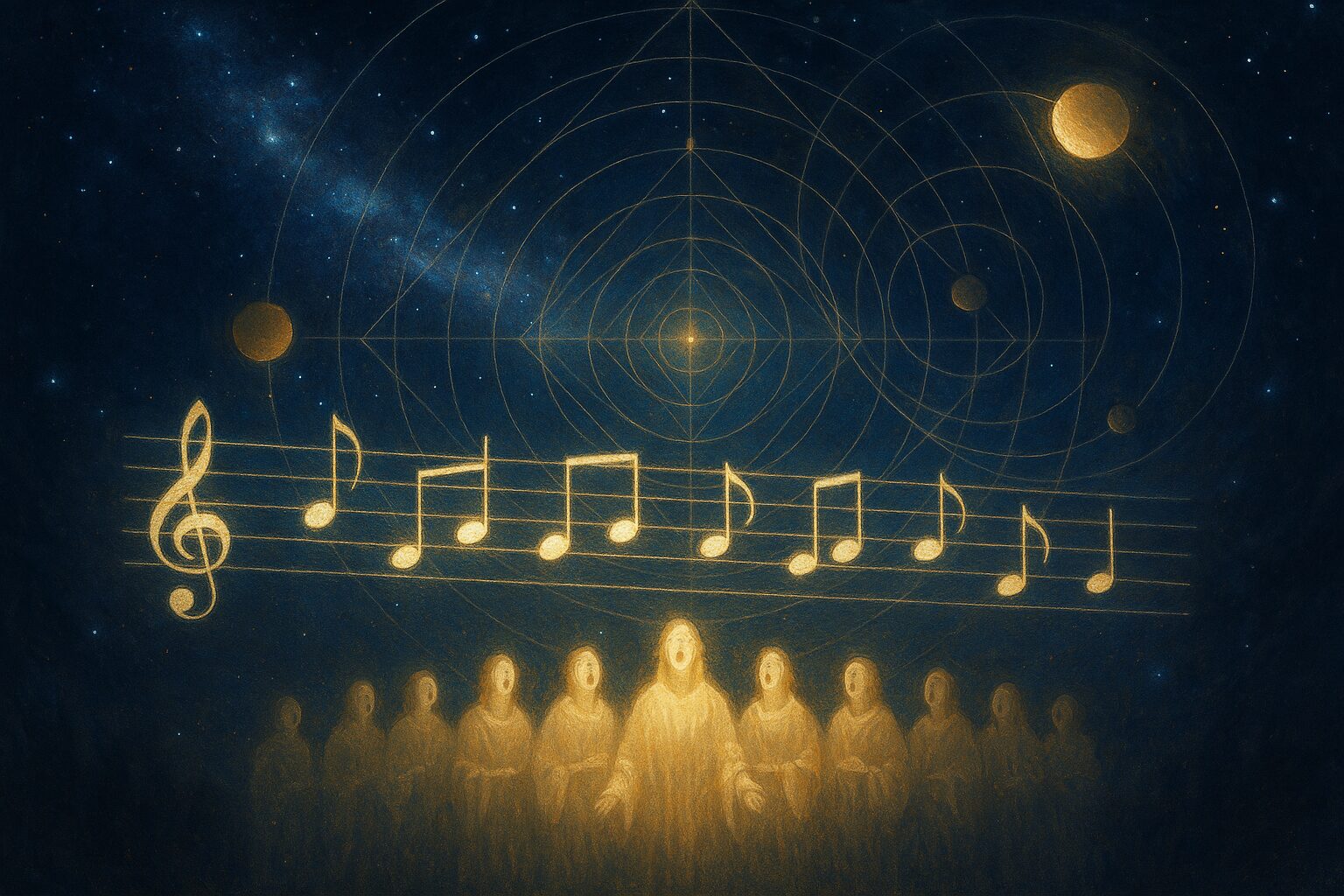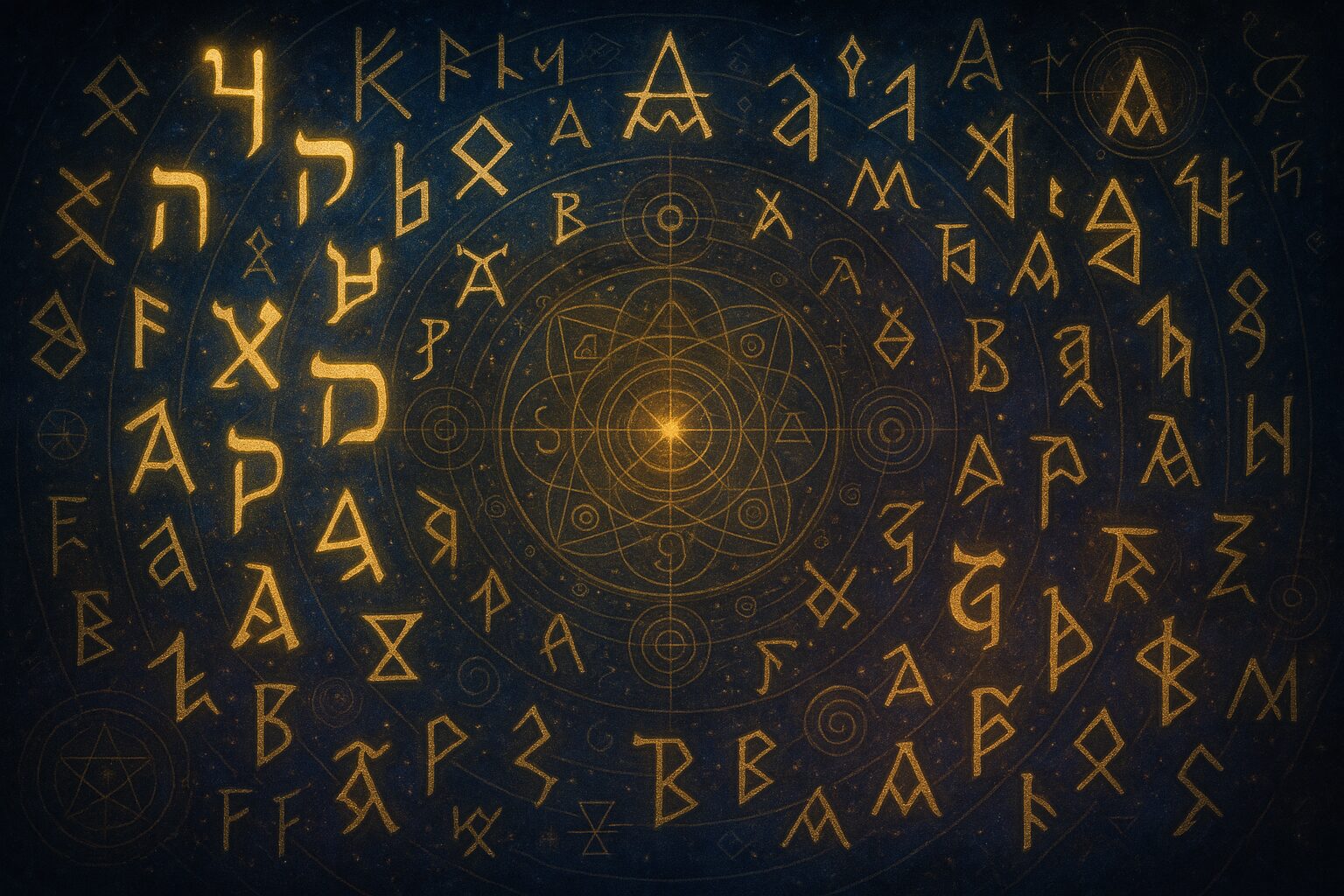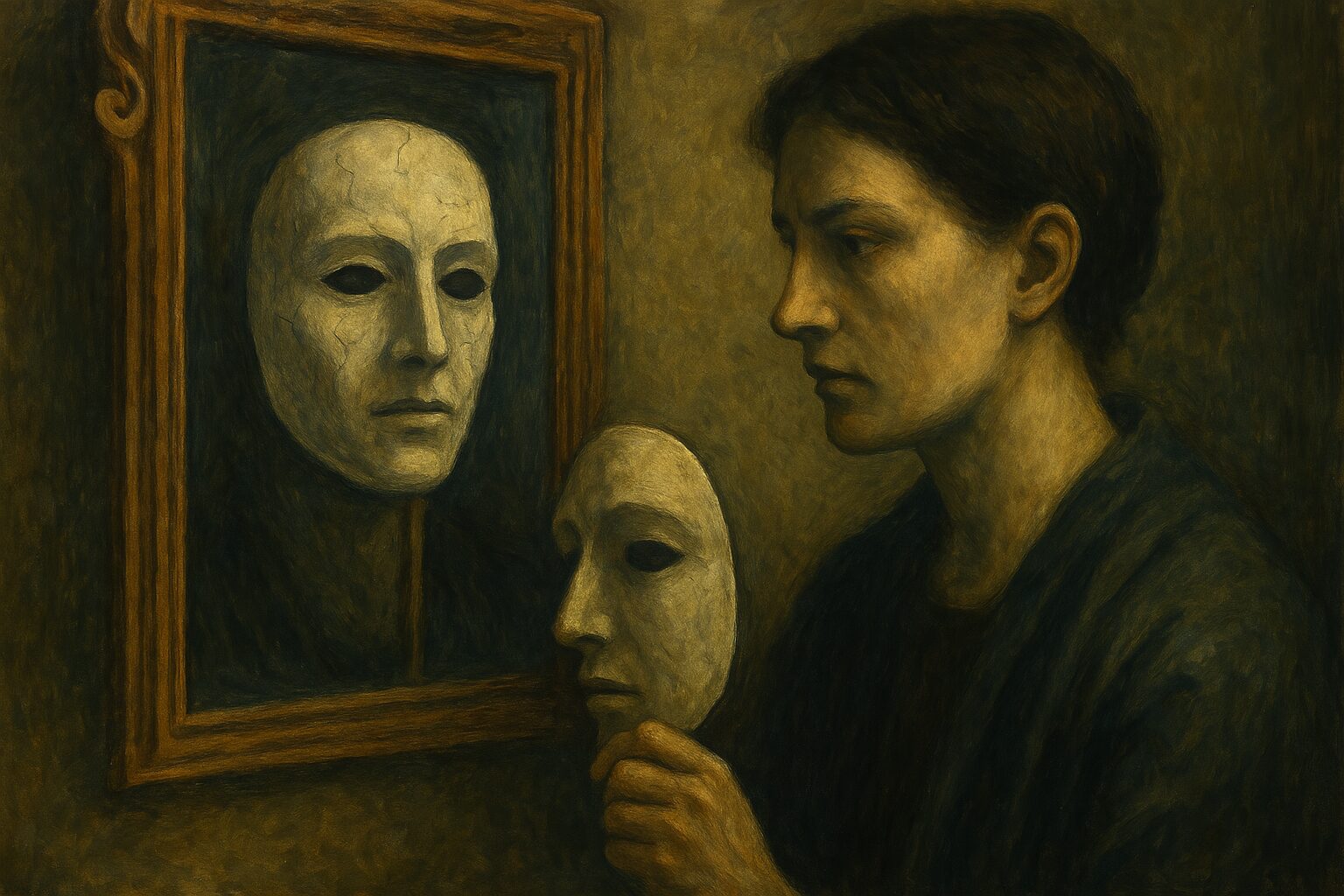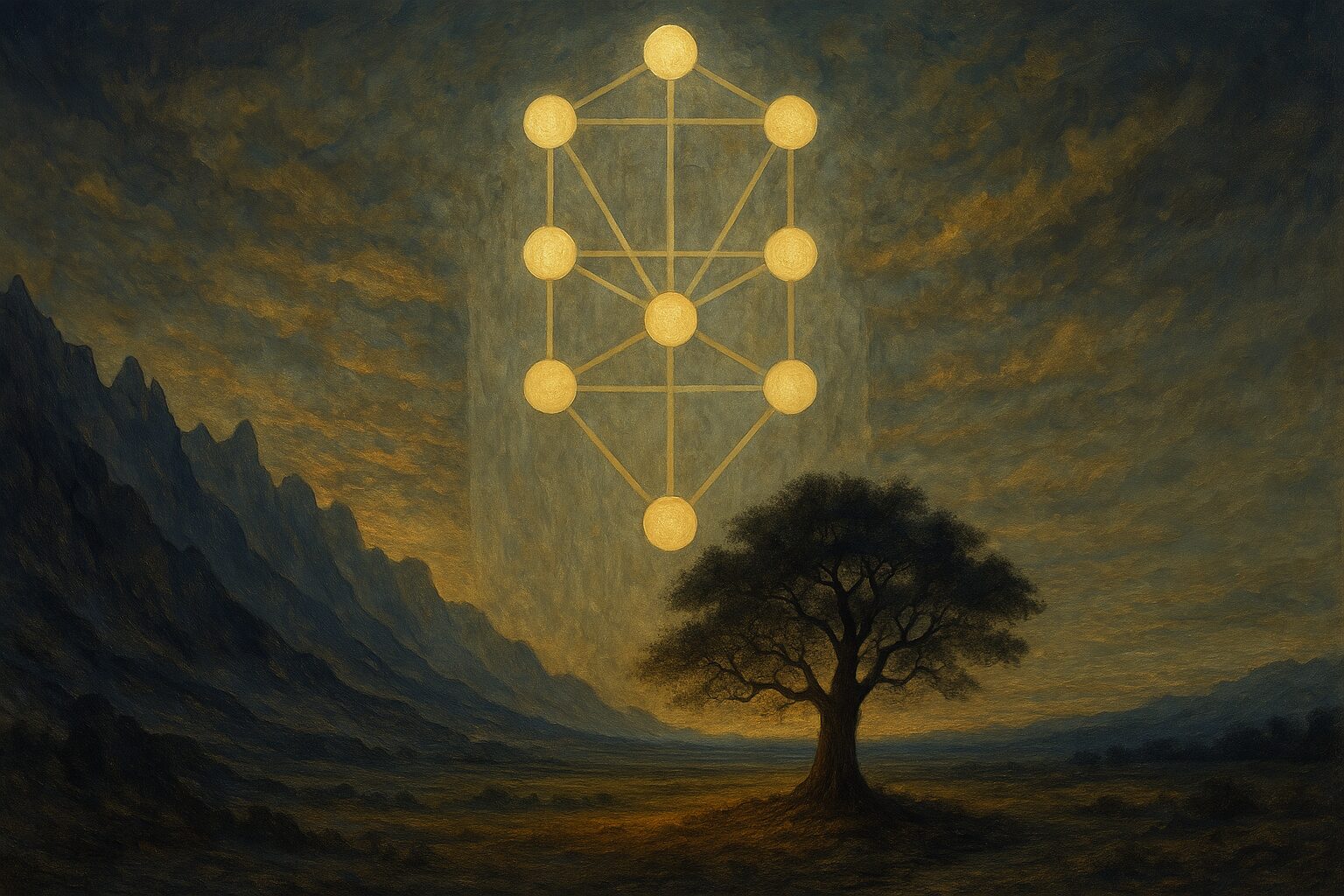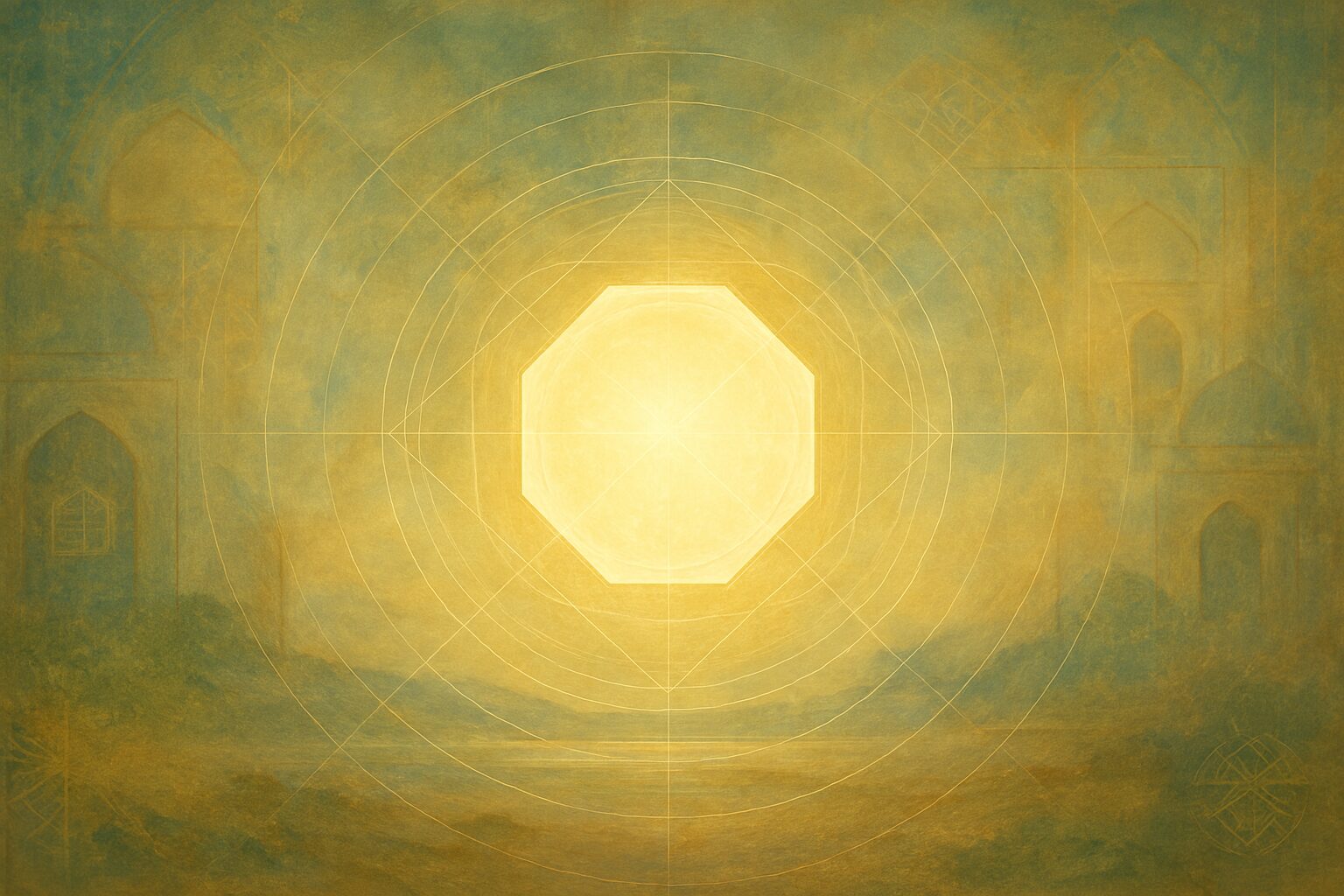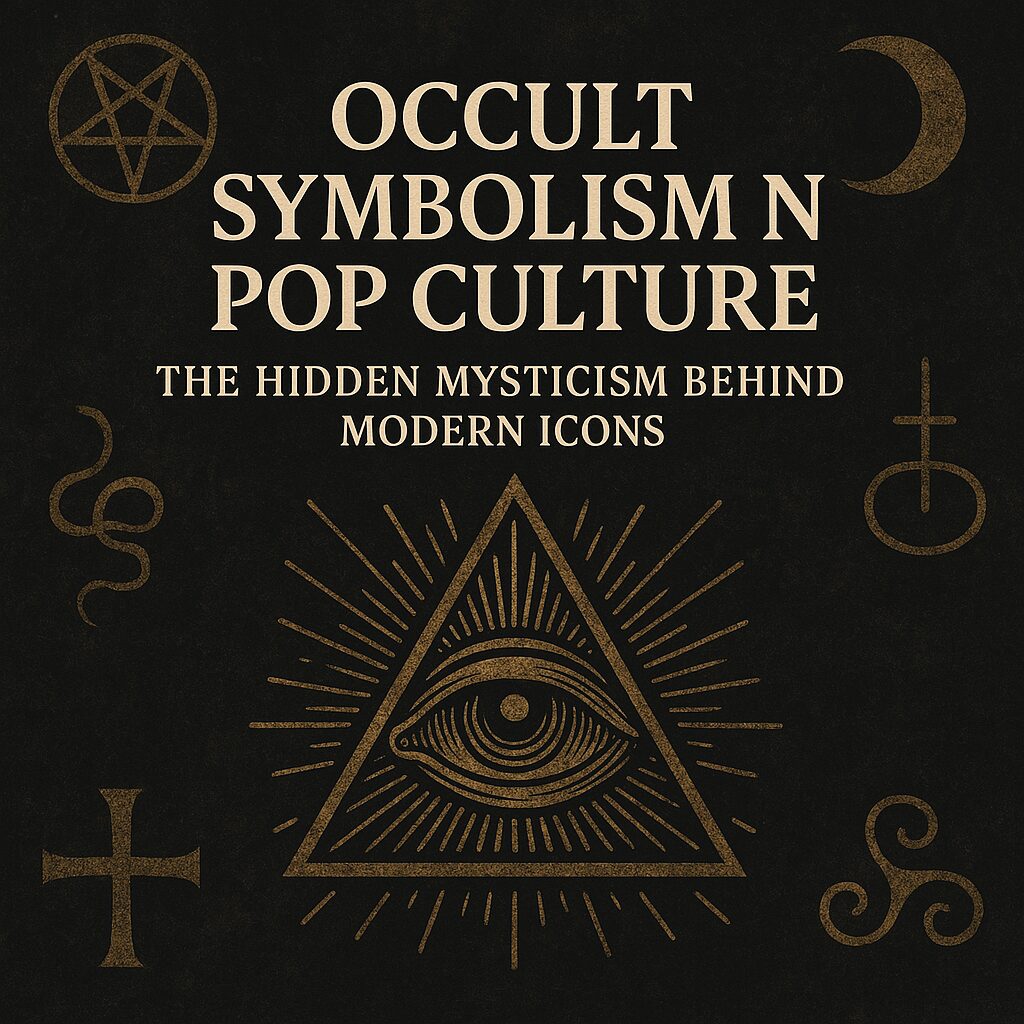Before there were instruments, there was vibration. Before there were melodies, there were orbits. And before the first human sang, the stars were already singing—so believed the ancients, who spoke of the music of the spheres: an inaudible harmony that binds the cosmos together in divine proportion.
Though unseen and unheard by our physical ears, this celestial symphony is a central symbol in mystical traditions from Pythagoras to Sufism. It suggests that music is not just entertainment or emotion, but a reflection of cosmic truth, a gateway into divine order, and a sacred language that calls the soul to remember its origin.
The Harmony of the Cosmos
The concept of the musica universalis originates with Pythagoras, who taught that planets move according to mathematical ratios that mirror musical intervals. Though silent to us, their orbits sing to those who can hear—not in sound, but in geometry, frequency, and harmony.
For Pythagoreans, everything—light, time, motion, soul—was music in a higher key. The human body, the seasons, the mind itself were all instruments tuned to the heavens.
Boethius and the Threefold Music
In the 6th century, philosopher Boethius expanded on this idea, dividing music into three categories:
- Musica Mundana – The music of the spheres, cosmic harmony.
- Musica Humana – The harmony of the soul and body, the internal balance of being.
- Musica Instrumentalis – Audible music, which mirrors the other two.
In this vision, every time we play or hear music, we are participating in a cosmic echo, a remembrance of divine order through rhythm and resonance.
Mysticism and the Sound Current
Mystical traditions often place sacred emphasis on sound as the primal force. In Hinduism, Nada Brahma—“sound is God.” In Sufism, the divine names are sung to pierce the veils between soul and source. In Kabbalah, creation unfolds through permutations of sacred letters and vibrations.
Even in Gnostic texts, the soul ascends through heavenly spheres, guided by chants, tones, and angelic music.
These are not just poetic metaphors—they are descriptions of real subtle experiences, states of consciousness where music is not heard with ears, but with the soul.
Music as a Ritual Tool
Throughout history, music has served as more than a backdrop to ritual—it is the ritual.
- Gregorian chants were designed to open the soul to divine order.
- Sufi whirling uses rhythmic repetition to dissolve the ego in ecstatic union.
- Shamanic drumming alters brainwaves to journey between worlds.
- Mantras are vibrational keys that tune consciousness to higher frequencies.
Sound affects the energy body, the emotions, and the architecture of thought. The right note can open a heart. The right chord can break a wall inside the soul.
The Music of Modern Seekers
Even today, many are rediscovering music as a path. Ambient meditations, frequency-based healing, chanting circles, and minimalist sacred compositions (like those by Arvo Pärt or Hildegard von Bingen) reawaken ancient truths in modern forms.
To listen deeply is a practice. To play with intention is a prayer.
You can create your own invisible choir—your playlist can be a ritual, your speakers a temple, your breath a flute of devotion.
Conclusion: Tuning the Soul
The invisible choir is always singing—within us and around us.
To hear it is not to escape the world, but to perceive its secret order.
When we live musically—attuned to rhythm, to silence, to resonance—we begin to tune the soul to the divine. And in that tuning, we remember:
We are not only listeners.
We are instruments.
We are the song.
